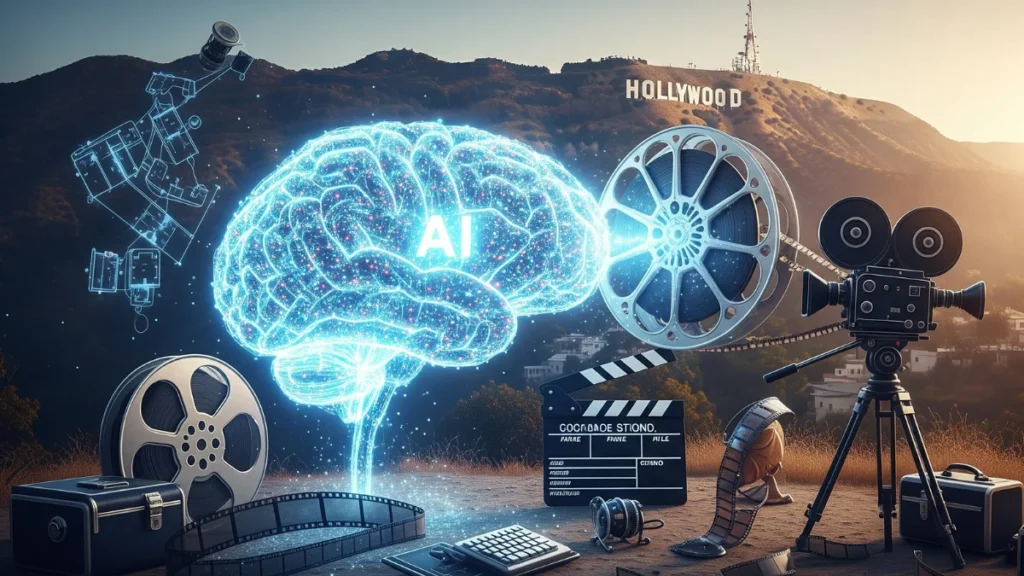The AI race in Hollywood is heating up—and Luma AI wants a front-row seat. The Northern California startup, known for its cutting-edge video generation tools, is staking a claim in Tinseltown with the launch of Dream Lab LA, a new studio designed to bridge the gap between artificial intelligence and human creativity in film production.
Key Takeaways:
- Dream Lab LA opens this summer as a hub for filmmakers to explore AI tools hands-on.
- Luma’s AI can transform ordinary video into elaborate scenes without costly shoots.
- The move signals a push toward faster, cheaper, and potentially more experimental filmmaking.
- Industry veterans like Verena Puhm and Jon Finger are leading Luma’s Hollywood charge.
- Big studios and indie creators alike are eyeing AI for blockbuster potential—and legal risks.
At the core of this ambitious move is a simple idea: show Hollywood how generative AI can supercharge creative workflows and slash production costs. And maybe, just maybe, spark a new wave of cinematic storytelling.
A Playground for Filmmakers—and for Luma’s AI
“This is really about access,” says Verena Puhm, an industry veteran with credits at the BBC and CNN, who’s been tapped to head the lab. “We want a creative R&D space where filmmakers can come and experiment—and where we can learn from them too.”
Luma’s CEO, Amit Jain, echoes the sentiment, saying the lab isn’t just about teaching Hollywood to use AI tools. It’s also about gathering feedback to refine Luma’s own technology. “We need even higher levels of intelligence in creative work,” Jain told The Hollywood Reporter. “That’s what we’re committed to building.”
It’s a two-way street, in other words: Luma trains creatives, and creatives help shape the future of AI filmmaking.
AI Magic: From LA Garage to Medieval Alehouse
So what exactly can Luma’s tech do? Think less green screen, more digital wizardry.
In a recent demo, filmmaker Jon Finger showcased how Luma’s tools can transform a video of a woman sitting in a modern Los Angeles garage into a scene of her riding a horse through a dusty Western town. Or swap a casual backyard conversation into a medieval alehouse—no new shoot required.
“Right now we bang our heads against the Hollywood wall,” Finger admits. “Now I can finally get the shot I need.”
For filmmakers who’ve struggled to secure locations, props, or big-budget VFX, Luma’s tools could be a game-changer.
Competition—and Controversy—Loom
Of course, Luma’s not alone in chasing Hollywood’s AI future. Rivals like Runway AI and tech giants like Google, with its Veo platform, are racing to develop their own video-generation models. All the while, legal clouds hang overhead, as studios and artists grapple with copyright concerns tied to training data.
Even so, Jain sees AI as an inevitable part of filmmaking’s evolution. “Right now you’re changing your ad creative every six months, when it should be every six seconds,” he said. And for studios? “Why make five movies a year when you should be making fifty—or a hundred?”
It’s a bold vision, one that could fundamentally reshape Hollywood’s economics. Whether AI replaces traditional filmmaking—or simply becomes another tool in the creative arsenal—Luma is betting big that the future of storytelling lies in code as much as in cameras.
And if Dream Lab LA has anything to say about it, that future might be closer than we think.
